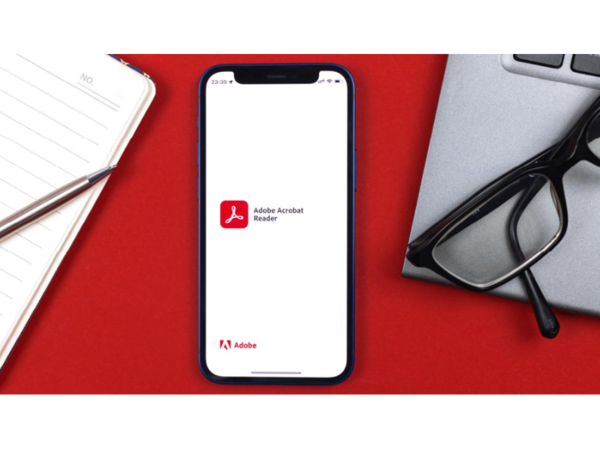In today's digital age, we frequently encounter various file formats, with JPG and PDF being among the most prevalent. JPGs are versatile, used for everything from document signatures to instruction manual screenshots. Converting JPG to PDF is often desirable to preserve image quality and enhance accessibility for recipients.
Fortunately, numerous tools are available for this conversion. One trusted option is Adobe Acrobat, renowned for its ability to convert files from JPG to PDF without compromising image quality. This article provides a step-by-step guide on using Adobe Acrobat for this process.
JPG (Joint Photographic Experts Group) is a widely used format for compressing detailed images, reducing their size for easier sharing. It's particularly suitable for online use, such as embedding images in blog posts, social media, and emails.
PDF (Portable Document Format) is capable of encapsulating various types of content, including images, official documents, and degrees. PDFs are prized for their universal compatibility across devices and their ability to maintain image quality even when scaled up.
While JPG files are generally smaller than PDFs, the latter offers several advantages:
Here's how to convert a JPG to PDF using Adobe Acrobat on your PC:

Here's how to convert a JPG to PDF using Adobe Acrobat on your smartphone:
Note: The mobile version of Adobe Acrobat may require a subscription for the JPG to PDF conversion feature.
Yes, several online and offline tools allow you to convert images to PDF without any cost.
Adobe Acrobat is a reliable tool for editing PDFs. Simply upload your file, make the desired changes, and use the "Correct Suspect" icon to finalize the edits.
To convert a JPG to PDF for free on your smartphone, use a browser to access an online JPG to PDF conversion tool. Upload your file, and in most cases, it will automatically be converted. If not, tap the designated conversion button.
Newer articles
Older articles
 Bangladesh Test Captain Najmul Hossain Shanto Resigns After Sri Lanka Series Defeat
Bangladesh Test Captain Najmul Hossain Shanto Resigns After Sri Lanka Series Defeat
 SA20 Auction: Teams Can Retain Up to Six Players as Salary Cap Jumps to $2.3 Million
SA20 Auction: Teams Can Retain Up to Six Players as Salary Cap Jumps to $2.3 Million
 Android Users Urged to Patch Now: Critical Security Flaws Expose Devices to Attacks
Android Users Urged to Patch Now: Critical Security Flaws Expose Devices to Attacks
 X Cracks Down: Over Half a Million Accounts Suspended in India for Policy Breaches
X Cracks Down: Over Half a Million Accounts Suspended in India for Policy Breaches
 What Your Phone Grip Says About You: A Personality Test
What Your Phone Grip Says About You: A Personality Test
 India's Squad Trimmed: Pacer Released Ahead of Second Test Against England in Birmingham
India's Squad Trimmed: Pacer Released Ahead of Second Test Against England in Birmingham
 Vegetarian Power: 20 Plant-Based Protein Sources That Outperform Eggs
Vegetarian Power: 20 Plant-Based Protein Sources That Outperform Eggs
 ICC Test Rankings: Pant Hits Career High, Bumrah Stays on Top, Root Leads Batters
ICC Test Rankings: Pant Hits Career High, Bumrah Stays on Top, Root Leads Batters
 Rishabh Pant Redefining Cricket: Greg Chappell Hails Wicketkeeper-Batter's Revolutionary Impact
Rishabh Pant Redefining Cricket: Greg Chappell Hails Wicketkeeper-Batter's Revolutionary Impact
 India's Fielding Woes and Top Order Collapse Blamed for First Test Defeat Against England: Former Selector Weighs In
India's Fielding Woes and Top Order Collapse Blamed for First Test Defeat Against England: Former Selector Weighs In